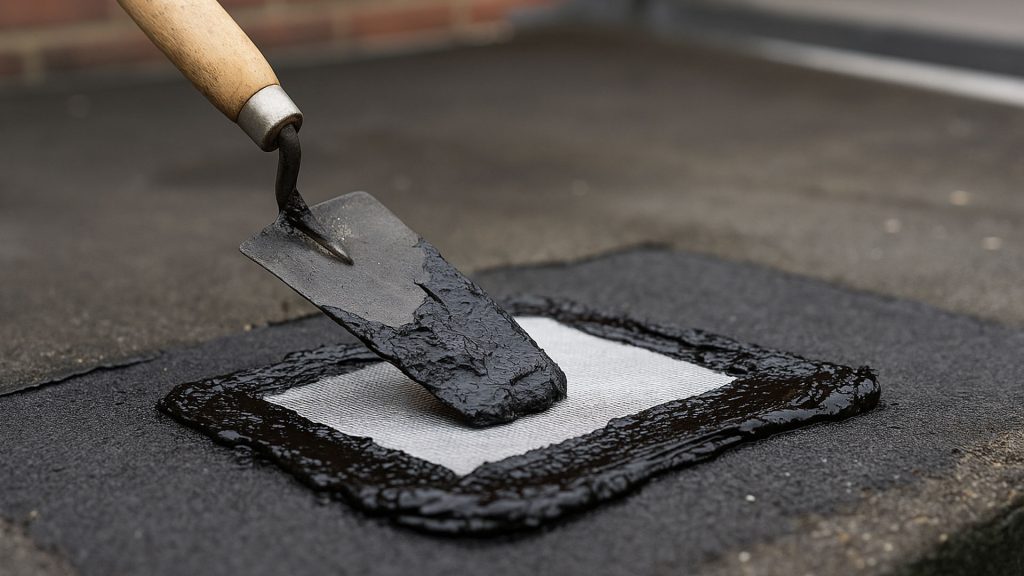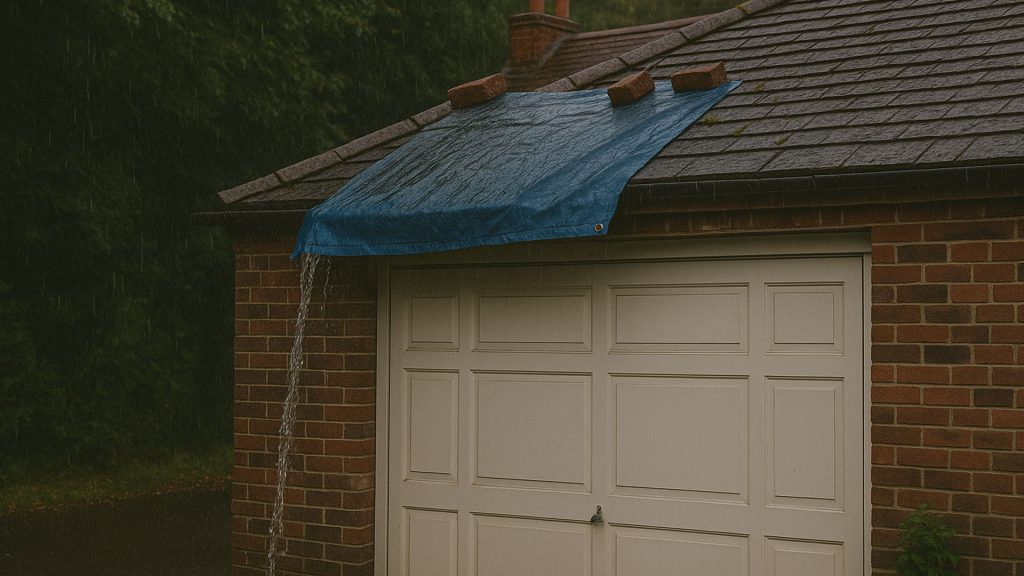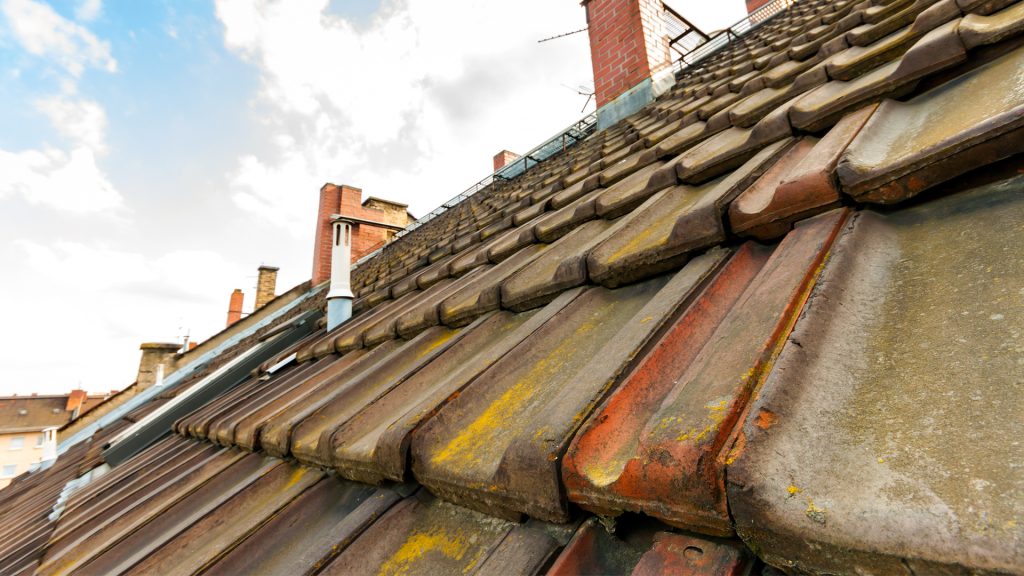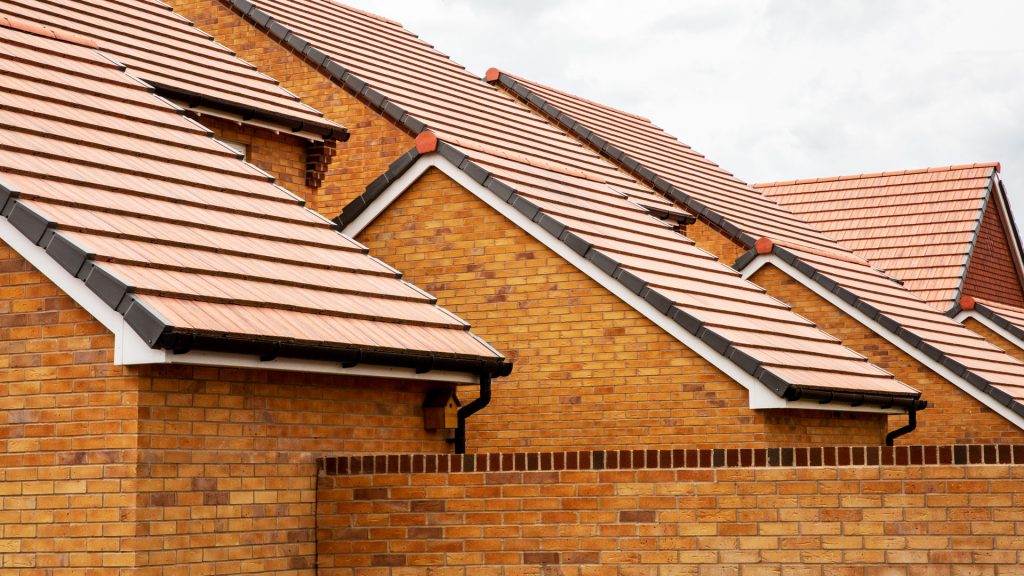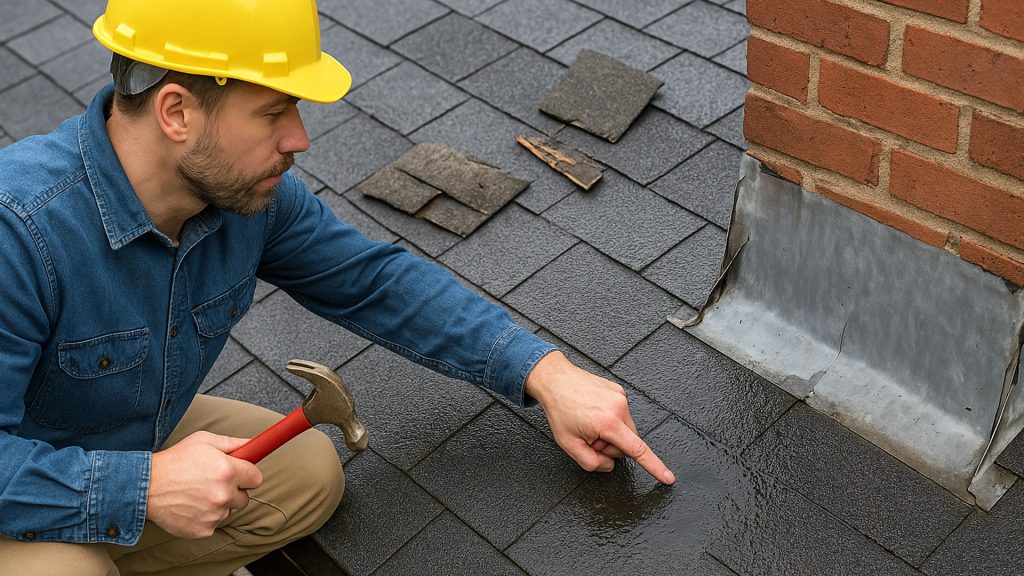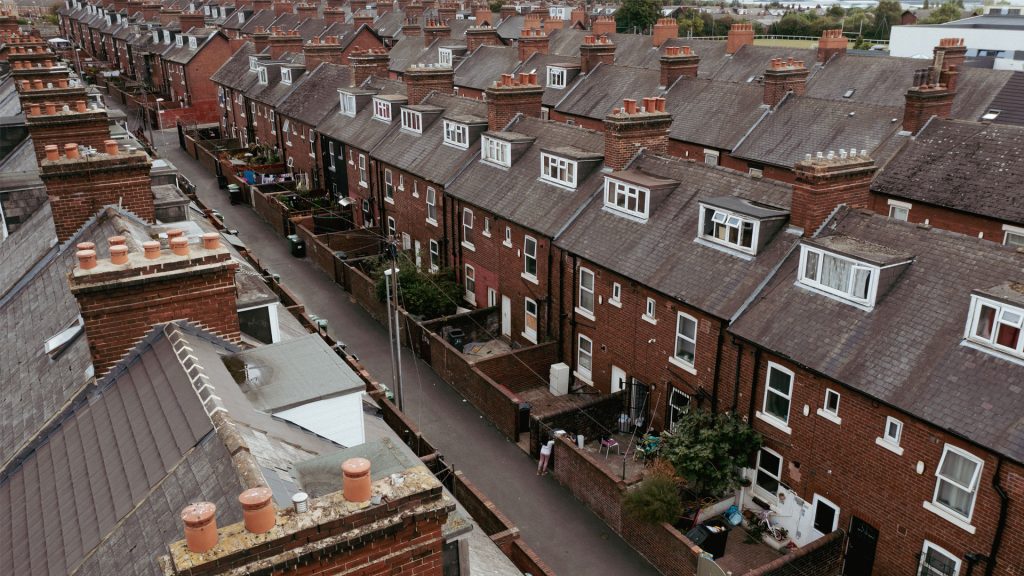A leaking ceiling is more than just a cosmetic issue – it’s a ticking time bomb that could lead to major structural complications if ignored. At Yorkshire Roofing Manchester Division, we’ve seen how a slow drip can transform into a full-blown crisis, impacting the roof, walls, floor, and overall structural integrity of your home. If you’ve been wondering how to stop leakage in ceiling, this guide will equip you with practical steps, preventive strategies, and signs to look out for before a minor issue becomes a disaster.
Don’t Wait Until It’s Pouring – What to Do When a Ceiling Leak Begins
When you first notice water leaking from above, the instinct is often to panic. But acting quickly and calmly is the best response. The first step is identifying whether the leak stems from the roof, pipes, or bathroom fixtures. Look for the lowest point where the water dripping is occurring and immediately place buckets underneath to prevent damage to your floor and furniture. Use plastic sheeting to cover furniture and electronics in the area.
Turn off the main water supply if you suspect the issue originates from leaking pipes or a leaking shower. This temporary step prevents further water damage. Knowing how to stop leakage in ceiling effectively means acting fast, containing the excess water, and calling in professionals like us to pinpoint and fix the issue.
What a Dripping Ceiling is Trying to Tell You
The presence of a ceiling leak is often the final warning that something above has been failing for a while. Most leaking from the ceiling occurs silently before ever showing physical signs. By the time you notice dripping water or leaking water, it’s likely that insulation, wooden beams, and ceiling plaster have already absorbed significant moisture. You may see peeling paint, sagging boards, or yellow water stains as early indicators.
Remember: a leaking ceiling might not always drip visibly – in many cases, moisture builds up inside, causing a bulge or soft patch. Touching these can cause them to rupture, so always take caution.
How Small Leaks Turn Into Ceiling Collapse
One of the worst-case scenarios we’ve seen at Yorkshire Roofing Manchester Division is when a small leaky ceiling is left unaddressed, leading to a full ceiling collapse. This is more common than you’d think – especially in homes with older plasterboard or poor ventilation. As water continues to soak into the material, the added weight weakens the structure until it gives way.
Warning signs of a potential leaking ceiling collapse include:
- A sagging ceiling
- Discolouration or water stains
- A musty smell indicating mould growth
- Creaking or cracking sounds above
Ignoring these can compromise the structural integrity of your home and pose a real danger to its occupants.
How a Damaged Roof is Behind Most Indoor Leaks
A surprisingly large percentage of leaks originate from the roof – especially after storms or heavy rainfall. Cracks, damaged shingles, or missing or damaged shingles can allow rain to penetrate and travel down into your attic and ceiling space.
We recommend homeowners inspect their roof every six months and after any severe wet weather. Tell-tale signs of roof damage include:
- Loose or displaced tiles
- Patches of sunlight visible in the loft
- Bits of roofing material found on the ground
Addressing a damaged roof quickly not only prevents water leakage but saves you from expensive interior repairs.
More Than Just a Roof Problem – Plumbing Issues That Cause Ceiling Leaks
Though many people assume ceiling leaks come from above, we frequently discover the cause inside the home, particularly with hidden plumbing issues. This includes corroded pipes, burst joints, and poor sealing around bathroom fixtures.
A leaking shower, especially in upper-floor bathrooms, can create slow, hidden leaks that drip down and appear on your ceiling. Likewise, leaking pipes can be located behind walls or in ceilings, creating long-term moisture problems.
These leaks are particularly troublesome in bathrooms and kitchens where floor integrity is also compromised. Regular inspections of your plumbing can prevent water damage to both ceilings and walls.
The Hidden Cost of Ignoring Water Leaks
Every minute a leak goes unaddressed, further damage is occurring. Moisture breeds mould growth, encourages mildew growth, and can eventually cause dry rot or pest infestations. Left long enough, you may even need to replace not just the ceiling, but the walls, floor, insulation, and pipes too.
Aside from the structural concerns, prolonged water damage can cause:
- Respiratory issues from mould growth
- Electrical faults, particularly near light fixtures
- Sagging or collapsing structures
What might begin as a £100 job could balloon into expensive repairs exceeding thousands. Acting fast is the key to avoiding more damage.
Red Flags You Need to Watch For Right Now
Being able to spot the common signs of a ceiling leak early can save you from disaster. These include:
- Peeling paint or wallpaper near ceiling corners
- Soft or damp patches under light fixtures
- Bubbling or warping in plaster
- Dark patches on the walls or ceiling
- A persistent musty odour
Other signs include temperature inconsistencies or high humidity in the room – often a result of unseen water leakage.
What Causes Leaks in the First Place?
Identifying the common causes of leaking from the ceiling is essential. These typically include:
- Roof leaks due to ageing materials
- Clogged gutters or downpipes
- Condensation from poor insulation
- Faulty plumbing installations
- Structural wear and tear in older homes
Even issues like improperly sealed bathrooms can cause dripping over time. A proactive maintenance approach will always reduce the likelihood of leaks and extend the life of your home’s structure.
Quick DIY Fixes While You Wait for Help
While major leaks require professional intervention, there are DIY fixes you can use to manage the situation until we arrive. These include:
- Using plastic sheeting and towels to protect valuables
- Applying temporary sealant around a small hole
- Catching water with pans or buckets
- Turning off your main water supply if the source is plumbing-related
While these quick fixes aren’t long-term solutions, they help stop leaking water from causing more damage. However, never climb onto a damaged roof yourself – always Manchester’s best roofing contractor for a safe and permanent fix.
Your Insurance Provider Might Cover This – But Timing Is Key
One of the first calls you should make after discovering a leaky ceiling is to your insurance provider. Most home insurance providers cover water damage if it wasn’t due to neglect or poor maintenance.
To increase your chances of a successful claim:
- Take clear photos and videos of the leak in the ceiling, floor, walls, and affected belongings
- Record dates and note weather conditions (for roof leaks)
- Get a repair assessment from a qualified roofer (like us!)
- Act quickly – delays may affect claim eligibility
There’s a good possibility your insurance will cover the repairs if you can prove timely action. Consult your provider for the best course of action, and always keep records of all conversations.
